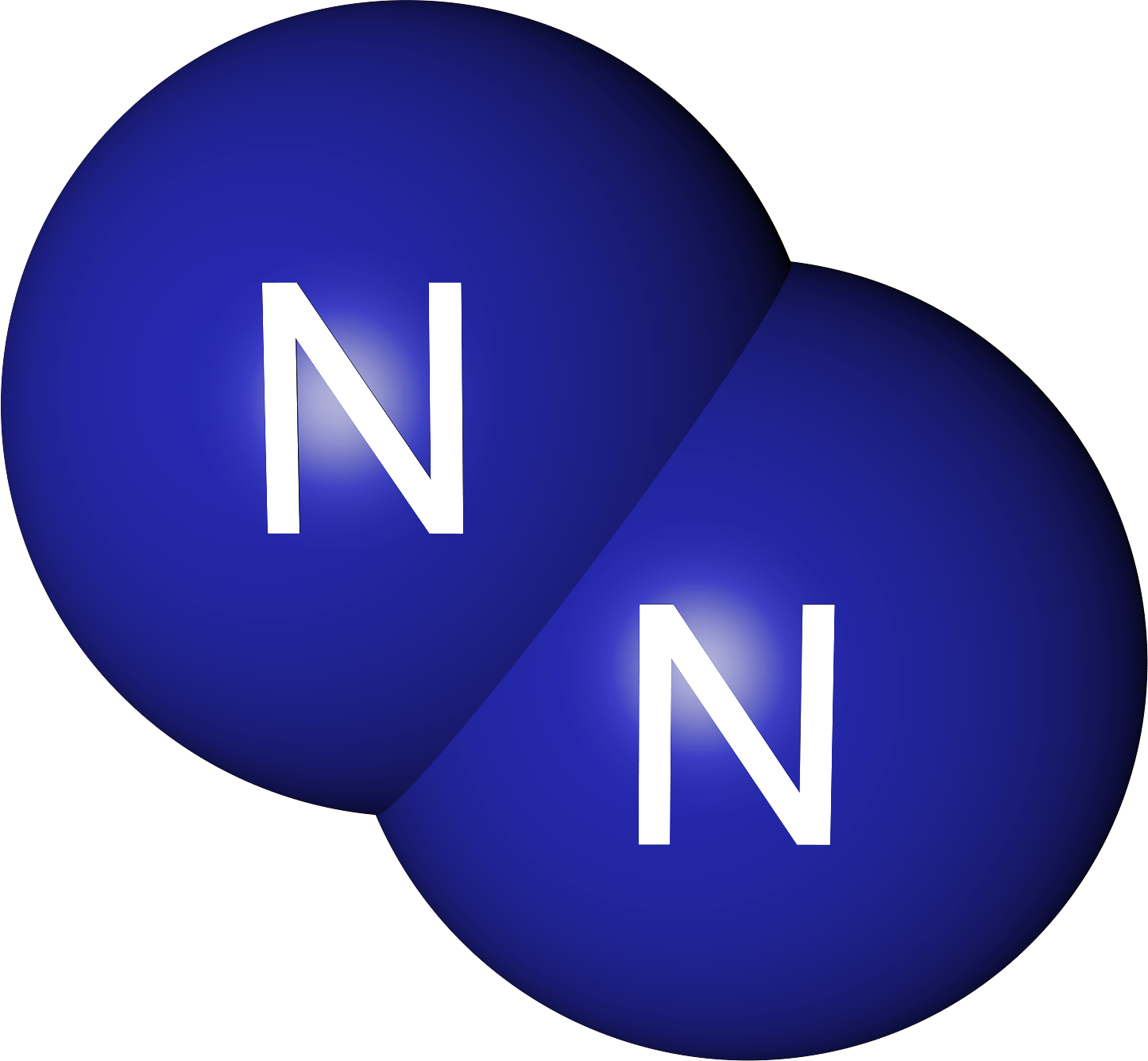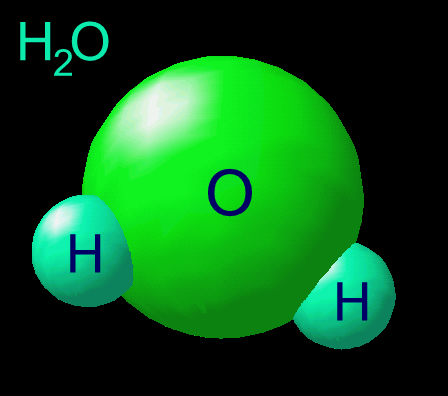|
|
Post by oldchopperguy on Nov 23, 2014 1:29:50 GMT -5
Well guyz and galz...
It's widely known that good old internal-combustion engines run stronger with cold air (even BETTER if it's good and DAMP). Denser air means more bang for the buck. But how many of us have actually NOTICED the difference? We don't often ride our scooters in cold, or really "wet" weather.
So... I just got done with the 2014 "riding season" and was used to 100-degree hot, dry weather. Old "Minnie Mouse" always has exhibited good acceleration, and would run strong up to about 75 mph, and without wind or hills, then creep up to around 78 to 82 mph if all was right.
After three weeks of below-freezing weather, it finally got up to 45 degrees, and sunny, but HUMID. Out on the road me and the mouse went... Planted firmly behind that marvelous GIVI windshield, I hit the freeway...
Woo HOO! Acceleration was downright BRISK, right up to an indicated 80 mph, and then weaker on up to around  mph. (These are speeds indicated on the speedo, which is about 3 mph fast). mph. (These are speeds indicated on the speedo, which is about 3 mph fast).
WOW!!! I'd say that 45 degree, damp air reaped about a 10% increase in both acceleration AND top speed! It would take a LOT of modding to gain the same kind of increase...
I imagine my experience is due mainly to "the mouse" having an old-school CARBURETED 250 engine. The simple carburetor is highly influenced by atmospheric conditions, and cold, damp air is not the norm when we ride.
Modern FUEL-INJECTED engines with computer controls are probably far more uniform in operation, extracting maximum performance in all weather conditions. In other words, a similar fuel-injected engine should run nearly the same in hot, dry or cold, damp weather. THAT would be NICE!
So, if you want to see what your old carbureted scoot can REALLY do, take her out on the next cold, damp day and wring her out. But DRESS WARM!!!
Ride safe,
Leo in Texas |
|
|
|
Post by SylvreKat on Nov 23, 2014 1:45:18 GMT -5
So, if you want to see what your old carbureted scoot can REALLY do, take her out on the next cold, damp day and wring her out. But DRESS WARM!!!Yeah, I think that's another thing I'll just take someone's word on. This 'Kat don't do cold damp. Esp 'cause our streets have been rather slimy-damp all day, which my four tires have told me. I'll just leave Peej happy snug plugged in in the garage. >'Kat |
|
|
|
Post by hillbillybob on Nov 23, 2014 6:32:25 GMT -5
Well, being a baby boomer, and having made a living driving commercial vehicles from 1971 to 2010, I have certainly noticed the difference that cooler intake air makes, on power output. I think it is more noticeable as engine size decreases. In the late 70's, I had a VW Diesel, that produced all of 48hp....but on a 45*, foggy night, it ran as if someone had added a turbo. For me, this year's scooter season ended on 11/11/14....and my signature shows this year's fuel numbers. What it doesn't show is that the last 2 tankfuls, (Oct 23rd to Nov 11th) delivered the best milage of the season...  .47mpg. Cooler atr temps equal more power and a much more efficient engine. |
|
|
|
Post by rockynv on Nov 23, 2014 8:35:46 GMT -5
Back in the day we use to put an extra windshield washer reservoir on (sans the pump), tee it into a vacuum line with a small in-line flow valve filling the bottle with water and a little denatured alcohol so it would always run like it was a foggy day.
|
|
|
|
Post by xyshannen on Nov 23, 2014 10:43:00 GMT -5
One of the most bang for your buck mods is a cold air intake. Even on my last car, a 2004 hyundai tiburon, with it's fuel injected engine, a cold air intake was one of the most noticeable mods I did.
The design of my scooters engine compartment is so closed off that heat coming off of my engine would cause my idle to go up 300+ RPMs. So one of the first mods I did was to make a cold air intake coming off of the left side of the scoot.
|
|
|
|
Post by bandito2 on Nov 23, 2014 10:50:05 GMT -5
Dry air is even more dense that air with moisture in it at the same temperature. I know it sounds counterintuitive, but it is true. (brought to you from aviation experience)
There are probably a few different things going on with the addition of moisture to an internal combustion engine at atmospheric pressure. There is probably some thermal expansion of the water vapor as it is heated, There may be some sort of chemical reaction adding to the expansion as well in some way. It does have a way of reducing NOx. (nitric oxide) a gas produced by combustion and ozone too, even more so at higher temperatures. I'd be guessing but the water vapor could be having some effect on flame propagation allowing more complete combustion of the gas.
It would be interesting to know what the emission were comprised of with and without water being added. The chemicals coming out of the tail pipe will tell WHAT has happened though maybe not exactly how. It would be hard to look in on an engine to actually see what is going on while it is running though science has figured out some pretty slick ways of investigating things.
Makes one wonder why some sort if water injection is not included with modern engines. It certainly does have a positive effect on performance and has been documented as such, Similarly, it reduces emissions of NOx and ozone.
I certainly think that fuel injection has come to a fine art & science and that water injection could be computer calculated as well. Sniffing intake air for temp/humidity/ambient pressure along with throttle position, vacuum pressure, rpm, exhaust gas temperature, O2, NOX levels, engine load and vehicle speed... the whole ball of wax and then some. I wonder if it is just intellectual laziness or if there is some other logical, scientific reason for not doing so.
Might have something to do with complications of water being available (or not) if it is frozen at it's source or even in the throttle body. water can and will freeze at lowered pressure. Carburetor icing is an example of that and is well known by people in aviation.
Anyway, I guess it's good enough to just say "it works"
|
|
Freshman Rider
 
Currently Offline
Posts: 61  Likes: 13
Joined: Oct 30, 2014 23:50:17 GMT -5
Likes: 13
Joined: Oct 30, 2014 23:50:17 GMT -5
|
Post by ccr on Nov 23, 2014 12:30:51 GMT -5
I experimented a lot with cold air intakes here in Taiwan. The results were very promising. I have seen many different mods here for reducing air temperature. the best ones being of the ram air variety. if you really want to get cold air into your engine, you could always add an intercooler between the engine and the seat. you may have to make your seat space smaller or remove it completely www.elsberg-tuning.dk/satelissetup.jpg |
|
|
|
Post by scooter on Nov 23, 2014 14:52:22 GMT -5
I like to solidify things into my mind so I'll remember them later, so I looked up why dry air is more dense than moist air. According to my research, dry air consists of mostly Nitrogen molecules,  which are two nitrogen atoms, each with a molecular weight of about 14, giving us a total molecular weight of around 28 for one nitrogen molecule, whereas moist air has a lot of H20 in it, which is 2xH and 1xO.  A hydrogen atom has a weight of one, and an oxygen atom has a weight of 8. That's a total molecular weight of 10 per water molecule. Therefore a Nitrogen molecule has a molecular weight of about 18 more than a water molecule; well over twice as heavy. Here is a nice youtube video for anyone who is interested: |
|
|
|
Post by JerryScript on Nov 24, 2014 14:22:45 GMT -5
This is my second fall season on my scooter, and each year about this time I have to richen my carb by almost a full turn. The difference between Vegas summer temps and fall/winter temps is Definitely noticeable. The response is vastly improved as well, leading me to believe I could probably drop a jet size in the summer (my a/f is only 3/4 turn out during the summer).
|
|
|
|
Post by ricardoguitars on Nov 24, 2014 20:50:26 GMT -5
Yep, I notice my scoot being a bit more responsive, specially uphills  |
|

